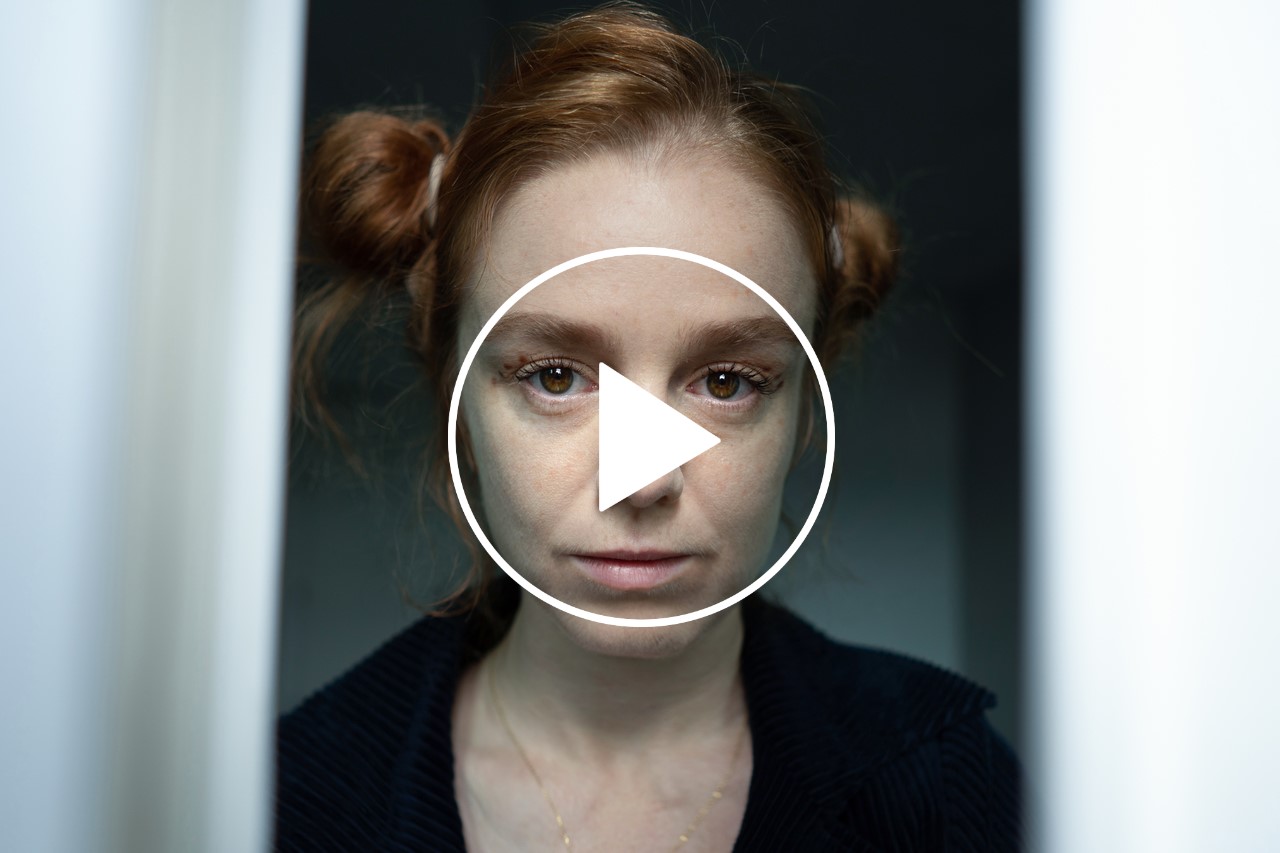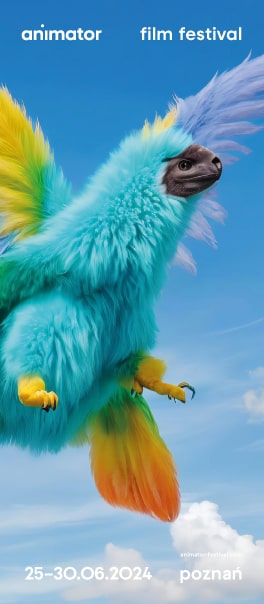
As horse riding and equestrian sports enjoy growing popularity, they start to attract more and more spectators. If you have not been bitten by the horse-riding bug yet but you are thinking about attending an equestrian competition, have a look at our short guide for beginners.
Part One was dedicated to the most popular equestrian discipline – show jumping. With the beginning of spring and the open season, get to know more about the Eventing (horse trials).
The Eventing is a triathlon, which means that three trials in three different disciplines – dressage, cross-country and show jumping – are held for three days. The final result is determined by the individual results of the trials.
It is a truly universal test of the horse and the rider’s abilities, and each of the trials requires different skills. Dressage is primarily precision, perfect communication between the rider and the horse and care for elegance. Cross-country is its exact opposite – riders cover many kilometres long routes, negotiating hard obstacles. It is a test of strength, endurance and courage. Cross-country originated from hunting runs, hence the dynamics and high emotions involved. The third trial – show jumping – which is held in an arena, is a test of precision and condition after the effort of the previous day.

The second day of the competition, namely cross-country, is particularly popular among spectators. This is when the participants cover many kilometres long routes, while the spectators can sit comfortably on the grass – preferably with binoculars – and observe horses galloping around them.
The routes are also open to the public, so it is a good idea to check the location of the route and the obstacles to pick a good viewing spot in advance.

Remember about your safety, especially if you want to move in the area. Where the route is marked with ropes, go along the ropes, and where the route can cross with yours, check first whether a half-tonne horse is not riding straight at you. Under no circumstances can you stand in the horse’s run or jump route, for example, to take an interesting picture. A galloping horse may not stop or manage to run around you. Also, you should not disturb its race as the route has to be covered within a certain time.
Dressage and show jumping trials are held in the arena. During the dressage, horses move around a marked rectangular area – a square. Since the trial requires deep concentration of the horse and the rider, the spectators are asked to keep quiet, as far as possible, during the rides. Besides, it is not a hard thing to do, because seeing the ballet movements of the horse and almost telepathic communication between the horse and the rider, the spectators feel strangely calm and concentrated.

The Eventing is held, among others, in Sopot. It is the only event of this discipline that you can see outdoors in the city centre, without the need to visit distant horse-riding centres. Therefore, hoping the coronavirus will not jam up our plans for this year, I encourage you to attend equestrian competitions at the Sopot Hippodrome in April and May.












